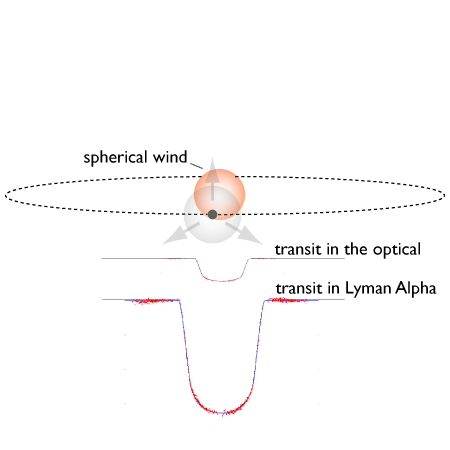
Image Source.
My colleague Garth Illingworth, who is well connected to the Space Telescope Science Institute, sent an e-mail to the UCSC Department this morning that details the ongoing repair and refurbishment of the Hubble Space Telescope.
HST repair day 4 EVA is ending. STIS repair done and aliveness test shows that it is working. Full functional needed to verify but early indications good. COS is looking good so hopefully we will have two uv spectrographs.
Tests on ACS during the crew sleep last night showed that the WFC camera is working and that it passed its initial functional tests – with preliminary results suggesting that read noise is possibly lower than before. The combination of ACS, WFC3 IR and WFC3 UV-Optical will make HST’s imaging capability the best ever.
The ACS HRC cannot be recovered due to the location of the short in the power path (location unknown before powering up ACS last night – so the hoped-for “back-powering” approach for HRC did not work out).
So we are 4 for 4 on instrument repair! A remarkable effort by the NASA GSFC/STScI folks who brought all this to fruition, along with the flight teams and the astronauts.
The bit of good news that really caught my eye was the apparently successful repair of the STIS imaging spectrograph. Before its failure in 2004, the STIS spectrograph (which can operate in both the visible and the ultraviolet) was used to make the iconic transit light curve of HD 209458, and to make the first measurements of the atmospheric contents of hot Jupiters.
In 2003, STIS was also employed to observe the transit of HD 209458b in the ultraviolet region of the spectrum surrounding the Lyman-alpha line of hydrogen (paper). The data suggest that the HD 209458 b transit has a depth of order 15% in Lyman alpha, indicating that a comet-like wind of hydrogen is flowing off the planet. The press releases surrounding this event produced perhaps the most dreadful artist’s impression in the entire exoplanetary canon, here’s a more restrained cartoon that shows the basic idea:

The deep Lyman-Alpha transit depth of HD 209458 has remained something of a mystery, and it will be very exciting to observe the transits of other planets in the UV. In particular, the results for progressively more eccentric planets such as X0-3, HAT-P-2b, HD 17156b, and HD 80606b should be very informative. If the irradiation varies drastically over the course of an orbit, how is the wind flow affected? It’s always nice when there’s an opportunity to set forth an eminently falsifiable prediction…

This may be a stupid geologist question, but if escape-velocity hydrogen atoms are ionized by UV radiation, won’t they just get trapped by the planet’s magnetic field? How can you identify this feature as a comet-like tail, instead of just the mother of all van Allen belts?